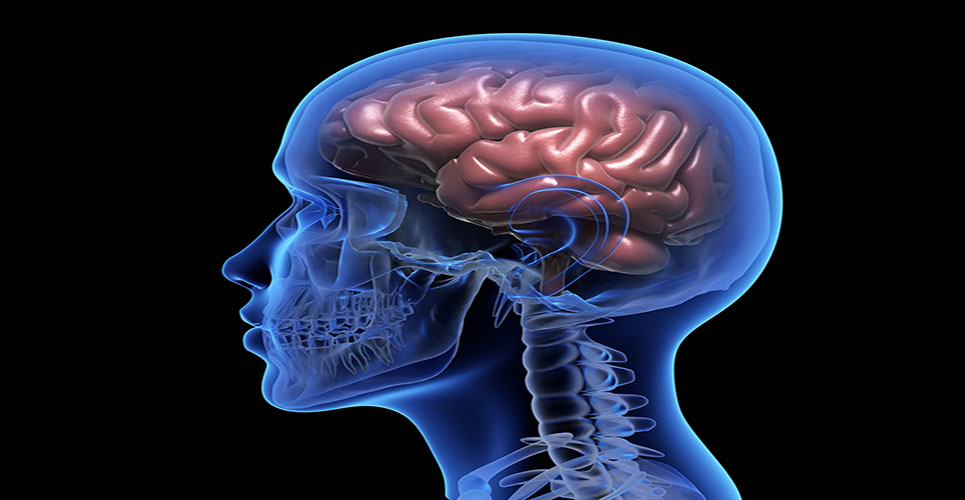teaser
A video diary, exploring life with epilepsy from the perspective of those living with the condition has been released on European Epilepsy Day (February 13).
‘Epilepsy In Our Time’ explores a condition that affects six million people in Europe.
European Epilepsy Day is an initiative of the International Bureau for Epilepsy (IBE) and the International League Against Epilepsy (ILAE) and this year’s theme is the burden of epilepsy.
The ‘Epilepsy In Our Time’ initiative began in 2010 and will continue to visit people living with epilepsy each year to see how their daily lives with epilepsy have changed and whether their hopes or ambitions have been realised.
By learning from other people’s experiences in different countries and cultures, ‘Epilepsy In Our Time’ seeks to inspire people with epilepsy to achieve their personal goals.
It is hoped that these video diaries will encourage those living with epilepsy to work together with their healthcare team to seek out the best possible care for them.
“We are proud to launch the second European Epilepsy Day and hope that activities around this day will help to reduce the social and medical burden
of the disease and create awareness of the need for increased research funding for epilepsy,” said Mike Glynn, President of the IBE.
The individuals sharing their personal stories through ‘Epilepsy In Our Time’ come from a variety of backgrounds:
- Jérôme from Germany, a physical therapist and champion swimmer, developed epilepsy in childhood but has been seizure free since 2003.
- Monica, who lives in The Netherlands, did not have an accurate diagnosis or control of her epilepsy until the age of 45.
- Lloyd, from the UK, traces his epilepsy back to a minor head injury sustained in a car accident and continues to work full-time to support his family.
- David and Julie are also from the UK and care for their son Dominic who has a severe form of epilepsy and can experience more than 60 seizures a month.
- Finally, Marion who lives in France, is a world-class cyclist, winner of six world titles and two silver Olympic medals and has lived more than half her life with epilepsy.

